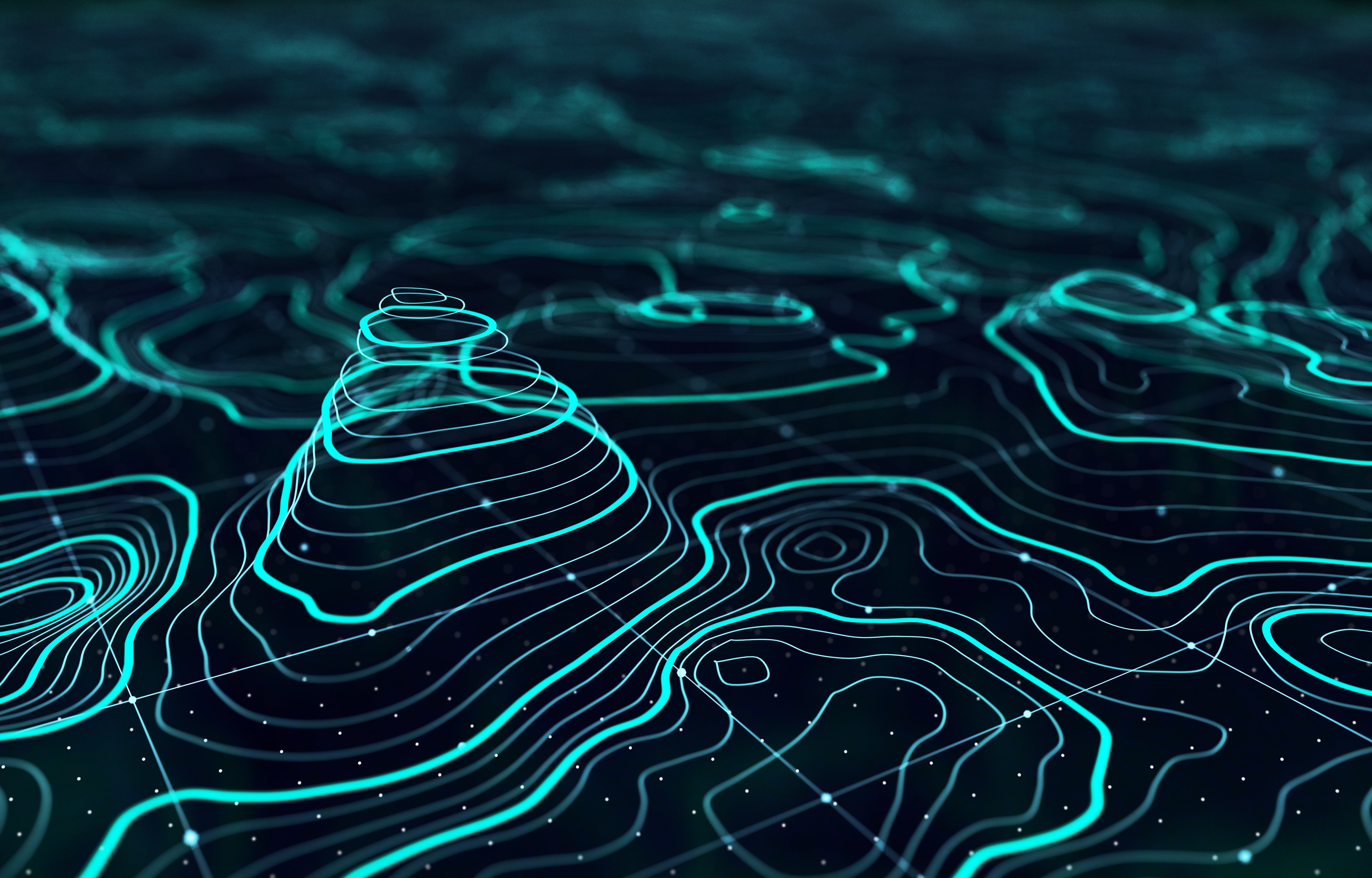Overview
Exploring our planet's oceans is a tradition that goes back centuries. Humans have an intrinsic curiosity that is fueled by a desire to learn about our surroundings. Motivated by this desire, we have continued to make advancements in marine navigation technology that has enabled us to explore the unknown reaches of the planet's waters. To accomplish this feat, our ancestors used the natural tools given to them like the stars. From there, celestial navigation developed and devices such as the gnomon, kamal, sea astrolabe, quadrant, cross-staff, and sextant were created. By increasing our ability to go further out into the unknown waters, these ancient navigation devices paved the way for marine navigation technology to develop. These developments, in turn, fostered inventions that were thought to be mere fantasy and allowed humans to grow in their understanding of the Earth. That unsatisfied curiosity continued to live in our hearts and minds leading up to 1957 when the first autonomous underwater vehicle (AUV) was developed by the applied physics laboratory at the University of Washington by Stan Murphy, Bob Francois, and Terry Ewart. The early AUVs were used for research purposes such as the study of underwater diffusion, acoustic transmission, and submarine wake.

